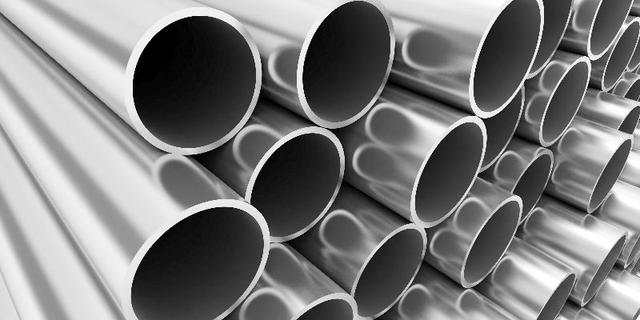Economic Observation Network reporter Li Zichen, on July 17, at the "2021 (Twelfth) China Iron and Steel Energy Conservation and Emission Reduction Forum" hosted by the Institute of Metallurgical Industry Planning, the Secretary of the Party Committee and Chief Engineer of the Institute of Metallurgical Industry Planning, a foreign national from the Russian Academy of Natural Sciences Academician Li Xinchuang said that the steel industry still faces many practical challenges in reducing pollution and carbon.
First of all, the total demand for steel is expected to remain high in the next five years. The "14th Five-Year Plan" proposes that the average annual growth of GDP during the "14th Five-Year Plan" period will be maintained within a reasonable range, and the urbanization rate will be increased to 65%. Li Xinchuang believes that although my country's economic structure is further optimized and steel consumption intensity will continue to decline, as the urbanization rate continues to increase, infrastructure construction investment will remain high, and the manufacturing industry represented by machinery and automobiles will develop , Which constitutes a certain support for steel demand. On the whole, during the "14th Five-Year Plan" period, my country's economic development will still maintain a relatively high level of demand for total iron and steel. Under the background that the overall scale of iron and steel production is unlikely to drop significantly, the total carbon reduction space is limited.
Secondly, from the perspective of the industrial structure, the layout of China's iron and steel industry shows a situation where the north is heavy and the south is light, with more in the east and less in the west. China's northern iron and steel enterprises have a larger distribution of productivity and a larger volume; the southern iron and steel enterprises have relatively fewer and smaller volumes. Taking the boundaries of Jiangsu, among the top 20 steel companies for crude steel output in 2020, Southern Steel has only five companies including China Baowu, Valin, Fangda Iron and Steel, Liuzhou Iron and Steel, and Shenglong Metallurgy. The remaining 15 steel companies are all located in Jiangsu Or north of Jiangsu.
At this stage, the structural adjustment of the iron and steel industry is facing new challenges. The state has not yet issued a policy on the transfer of total emissions of major pollutants and energy consumption indicators along with steel production capacity indicators, and it is extremely difficult to transfer steel production capacity across regions. At the same time, local protectionism on steel production capacity in some places due to fiscal and tax pressures will also restrict the optimization and adjustment of the layout of steel companies.
Furthermore, from the perspective of energy structure, my country's high-to-long process process structure still occupies a dominant position. Coal and coke account for nearly 90% of energy input, and the energy structure is obviously high-carbon. In 2020, China's steel industry carbon emissions accounted for more than 60% of global steel carbon emissions, and accounted for about 15% of the country's total carbon emissions.
At the same time, limited by construction factors such as floor space and temperature, steel companies use new energy in a limited proportion. At present, thermal power still dominates in power supply, and subsidies for new energy such as photovoltaic and wind power have fallen, and external green power quotas are more inclined to third. industry.
Li Xinchuang introduced that due to historical and resource endowments, China’s steel process structure has always been dominated by long processes. In 2020, my country’s electric furnace steel production accounted for only 10.4%, which is about 30% of the world average, nearly 70% in the United States, and outside China. Compared with about 50% in other regions, there is still a big gap.
By analyzing the situation of countries that have completed industrialization and whose crude steel output has exceeded 100 million tons (such as the United States, the European Union, and Japan), it is found that the short electric furnace process has emerged in the middle and late stages of the crude steel output peak area, and the increase in the proportion of electric furnace steel has taken a long time . It took 10 to 15 years to increase the proportion of electric furnace steel from 10% to 20%, and it took 25 to 30 years or even longer to increase from 10% to 30%. During this period, it was accompanied by continuous fluctuations and adjustments. % Is the resistance zone where the proportion of electric furnace steel rises.
Li Xinchuang said that in the future, as China's steel industry further develops in the mid to late peak period, supporting conditions such as scrap steel resources and electricity are gradually improved. The adjustment of process flow structure is an inevitable trend, but the adjustment cycle may be longer. In addition, most companies are still at the initial stage of low-carbon development, and there are real problems of insufficient understanding, low-carbon technology, and low-carbon talent base.
Post time: Jul-19-2021







